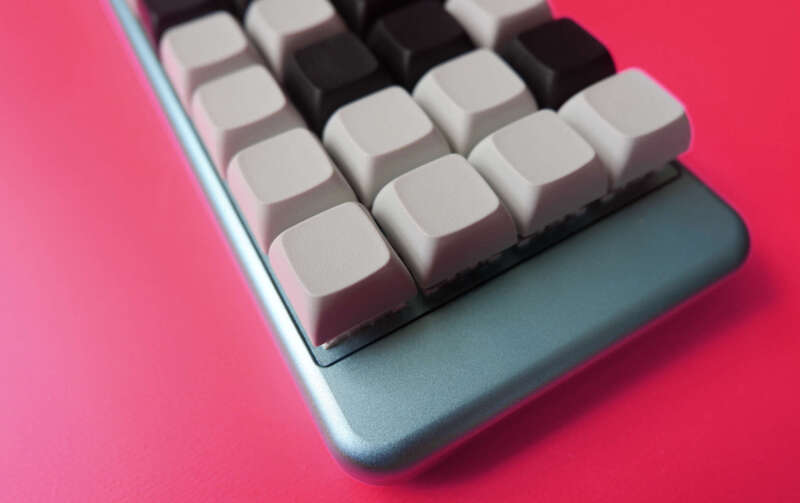My Most Successful Keyboard Hacks
by |
Here are some of the most useful changes I’ve made to my typing setup and habits:
- Taking advantage of dual-function keys: Modifier keys such as Control and Alt represent free real estate for assigning alternative functions when pressed alone (e.g., tapping Control emits Escape).
- Training on opposite-side modifier keys: I started out typing with some bad habits, including holding a modifier key (especially shift) with the same hand pressing another key. Switching to a layout that provides symmetrically placed modifier keys and making a conscious effort to use them with the opposite hand is noticeably more comfortable.
- Ditching row-staggered layouts: The horizontally offset rows of a traditional keyboard are completely nonsensical, a surprisingly persistent holdover from mechanical typewriters. Switching to an ortholinear Planck-like layout is more comfortable and incidentally fixed some unwanted touch-typing quirks.
- Ditching extraneous physical keys: I only have 10 fingers, and so I’ve found that returns from adding more physical keys start diminishing at around 30. There’s no reason for a given key to be inconvenient to use because it’s hard to reach. I’ve settled on a 48-key layout, but probably something more like 40 is ideal.
- Replacing common shortcuts with combos: QMK’s combos feature allows you to assign a function to two or more keys tapped simultaneously. By far, my most used combos are ZX for Cut, XC for Copy, and CV for Paste. Mashing these adjacent keys with the left hand while mousing with the right is a bit more comfortable than combining X, C, or V with a modifier key using the same hand.
- Taking advantage of macros: Your keyboard can type out whole sequences of characters for you. Some of my most used macros include contact information and some miscellanea such as “https://”.
- Taking inspiration from stenography: I previously wrote about creating a hybrid steno-inspired input method using QMK’s combos feature to trigger macros for common words.
- Retaining QWERTY when I switched to an alternative: QWERTY’s arrangement of alphanumeric keys isn’t very sensible for someone who predominately types English, so I switched to an alternative (Colemak). While I do prefer Colemak over QWERTY, it presents some challenges, particularly with using others’ devices. My typing time is divided between my highly customized ortho keyboard(s) and a built-in laptop keyboard. I made the decision early on in the transition to Colemak to stick to QWERTY on the laptop keyboard. I find that I can maintain a mental separation between layouts more easily because the physical layouts are so different.